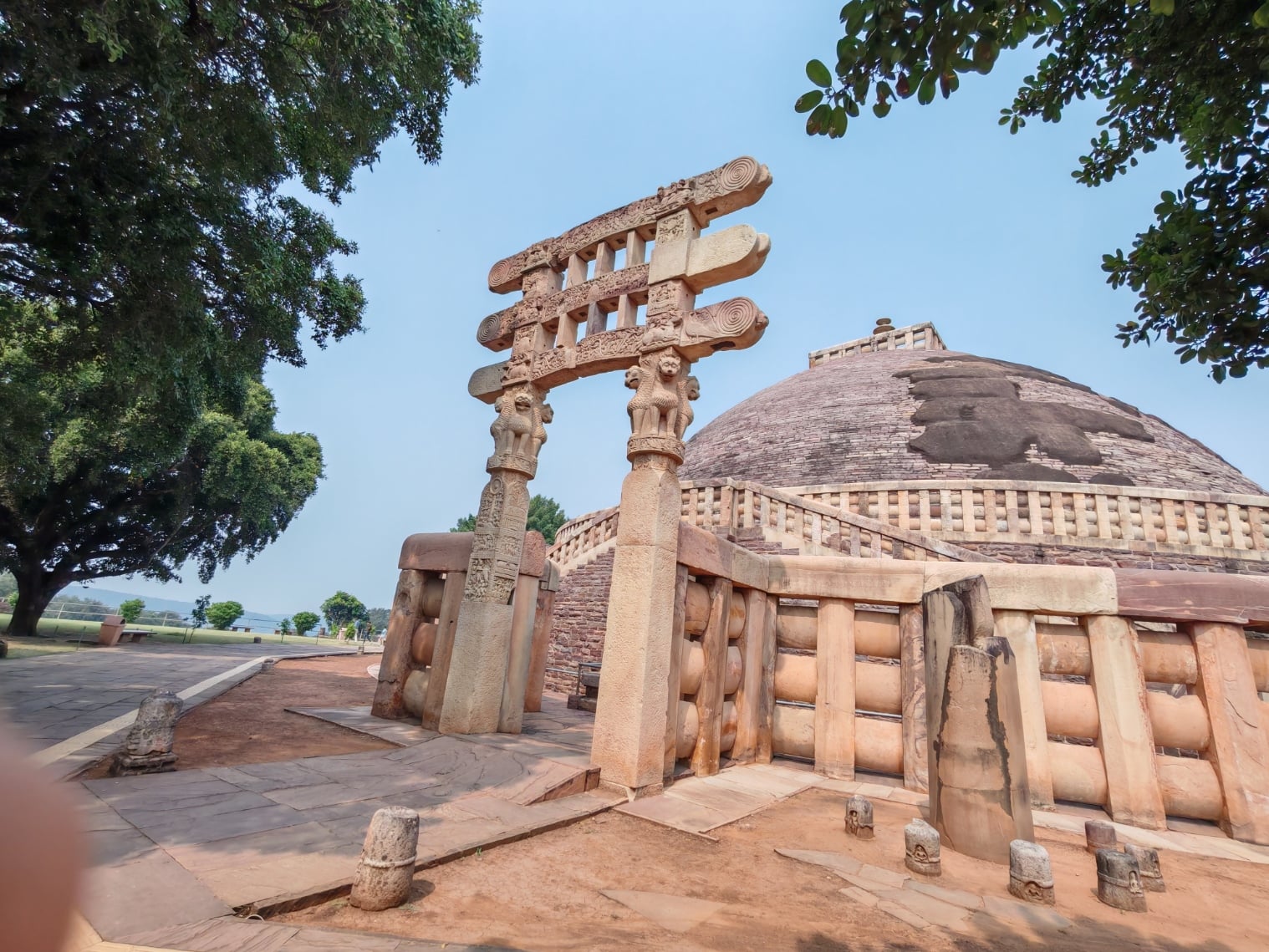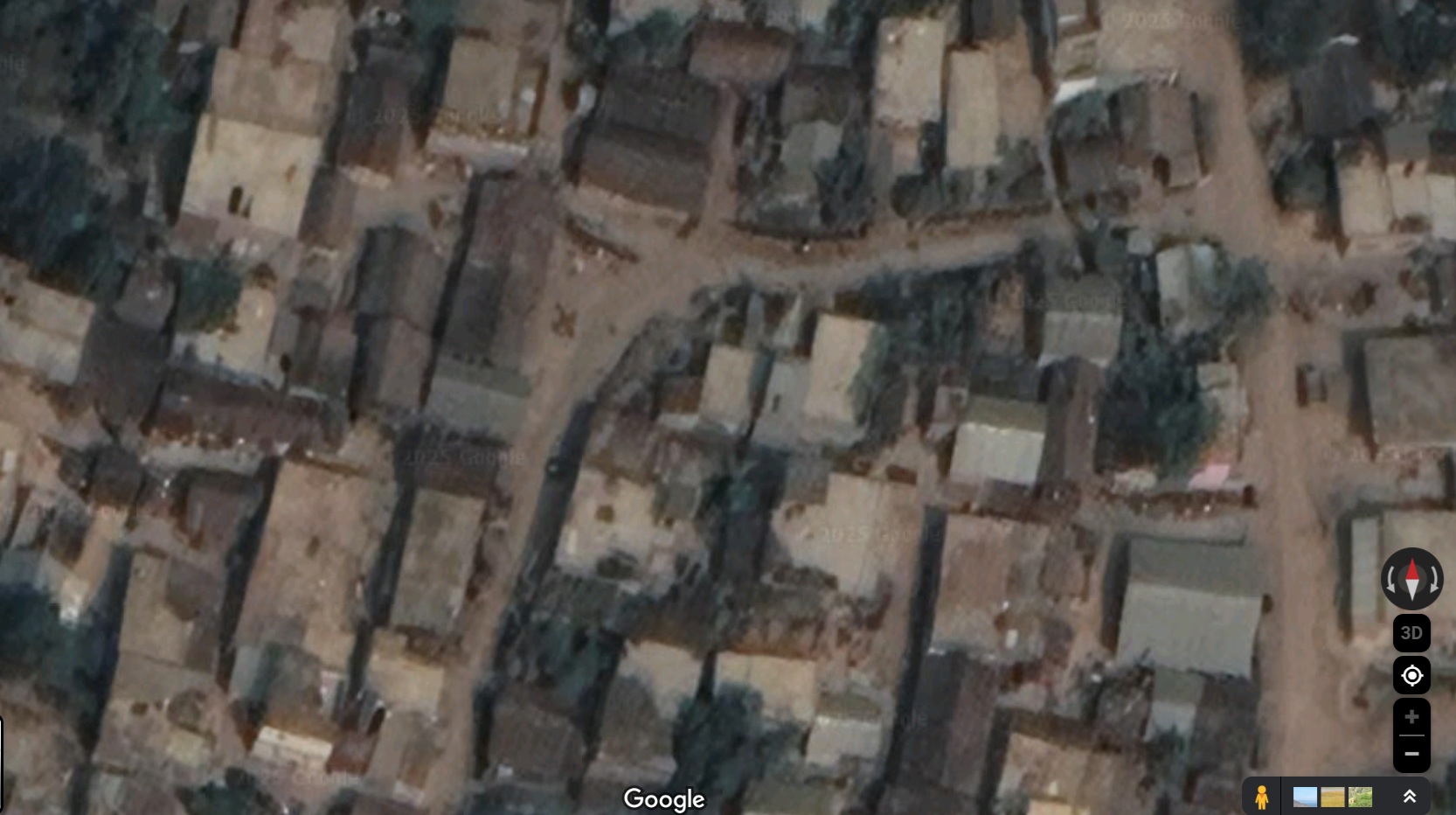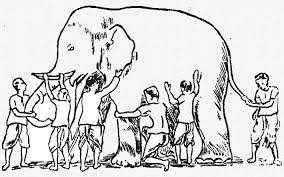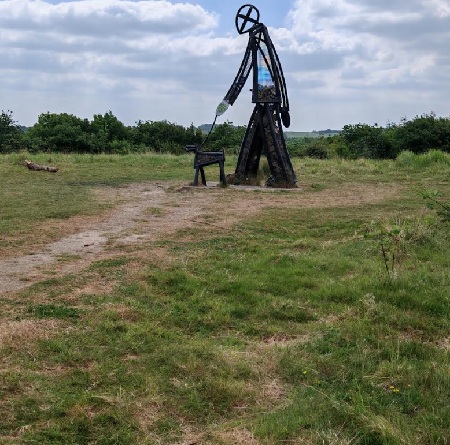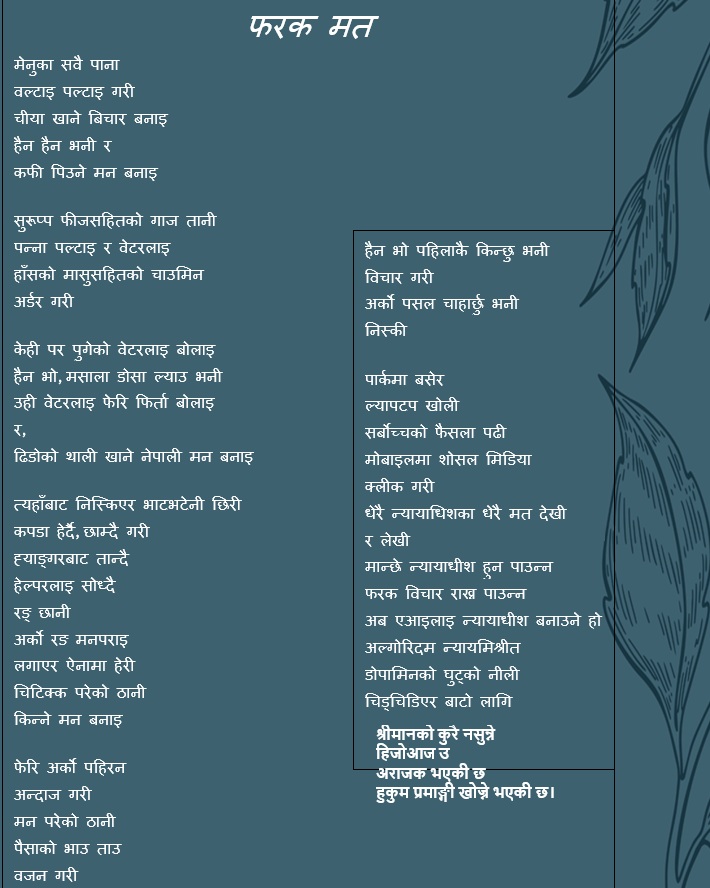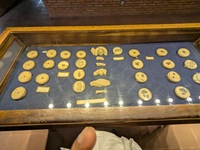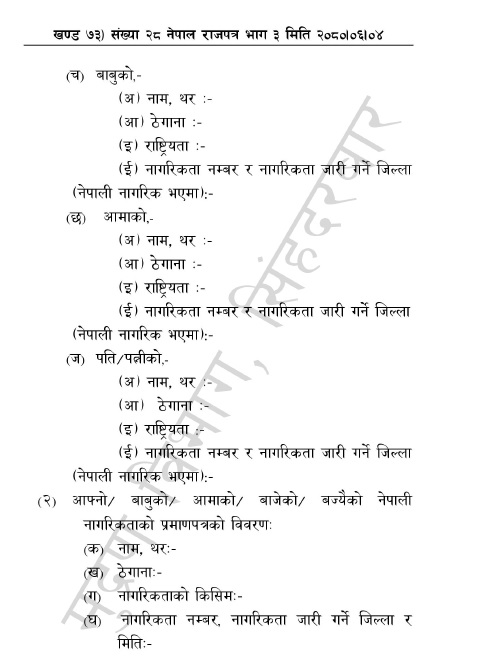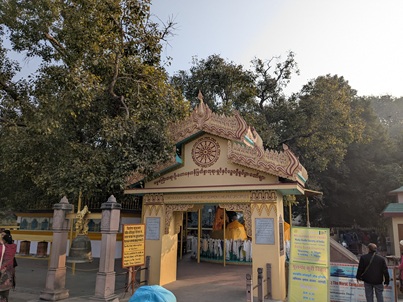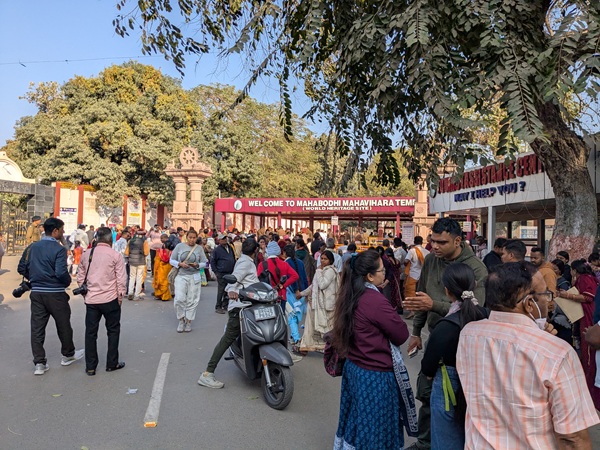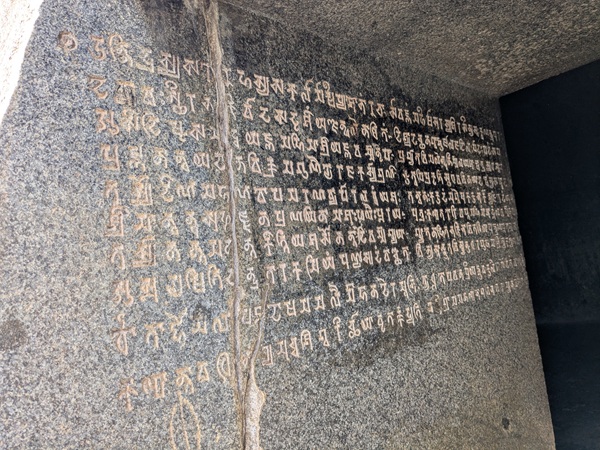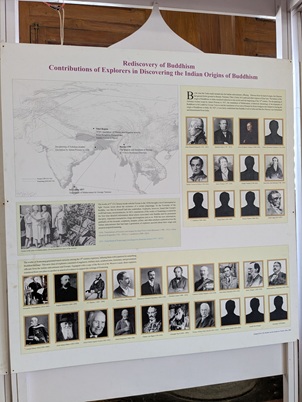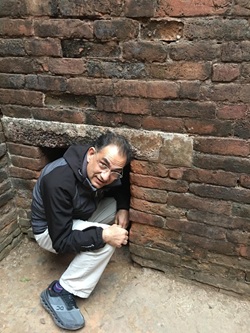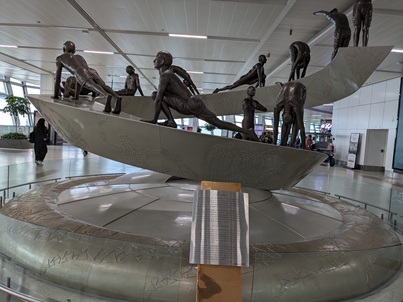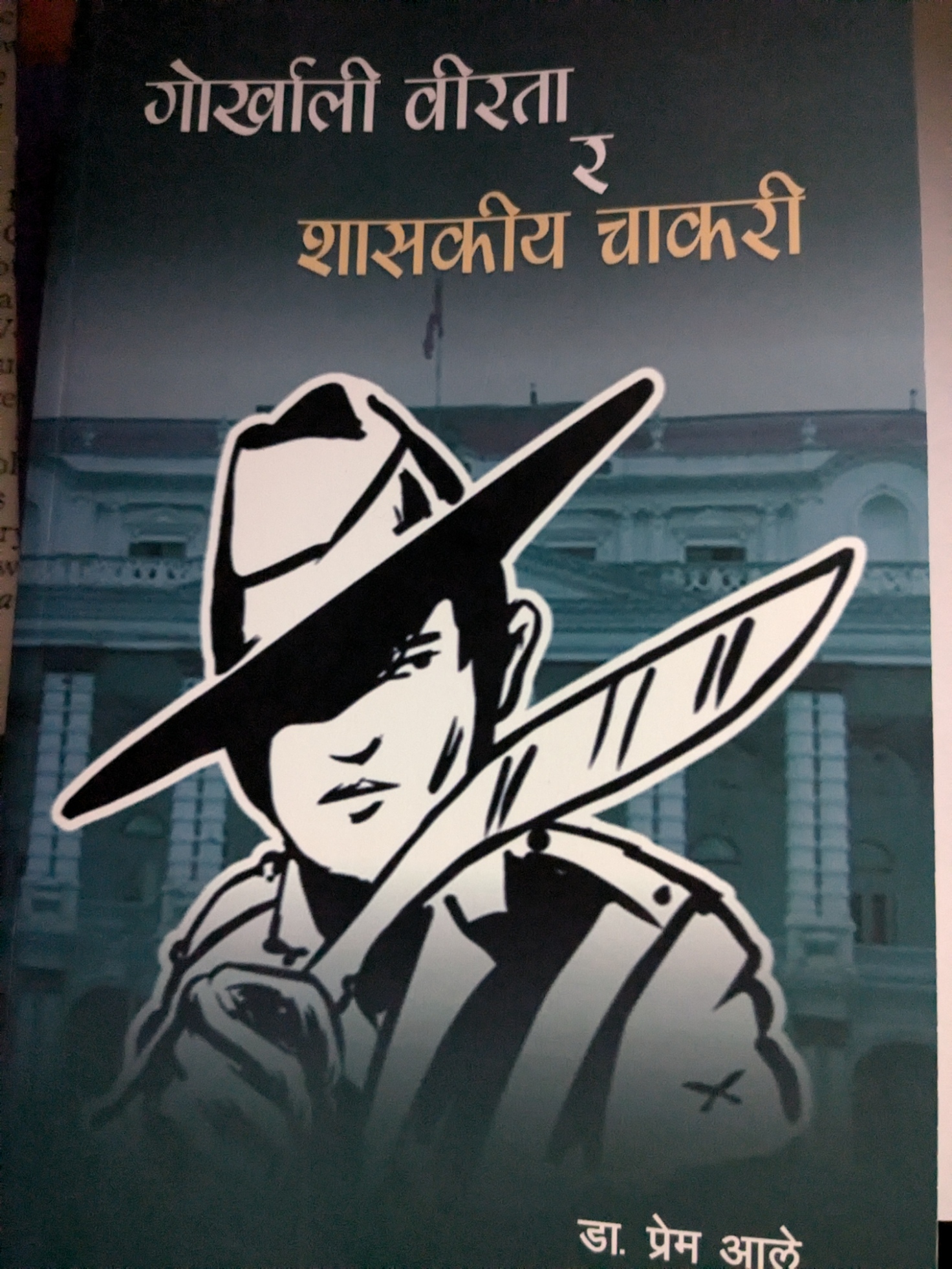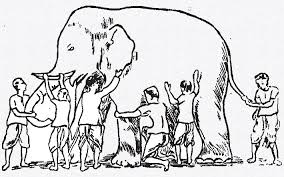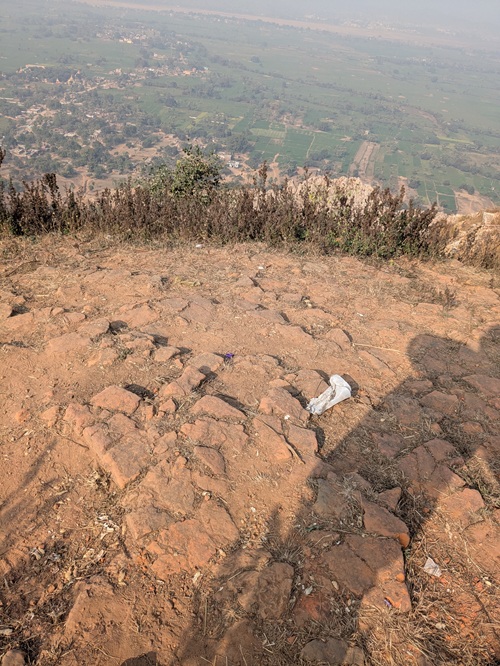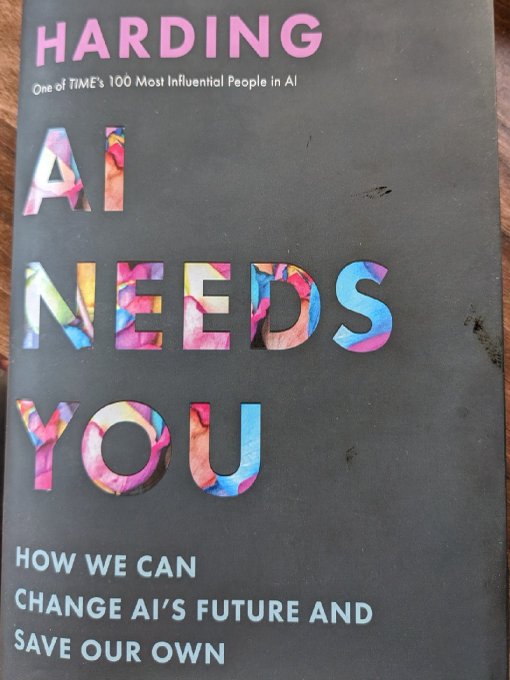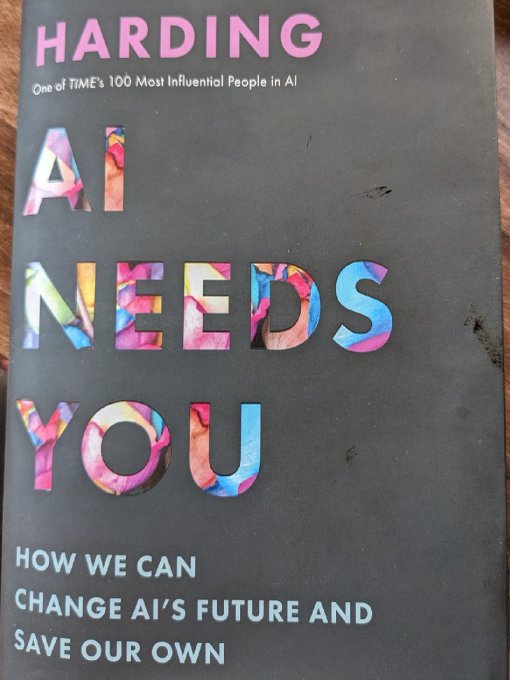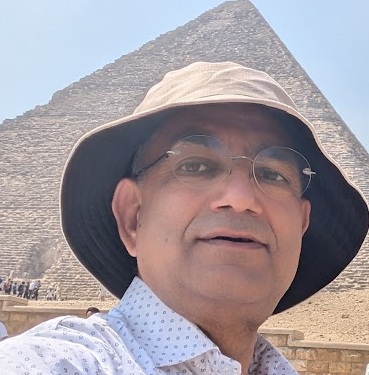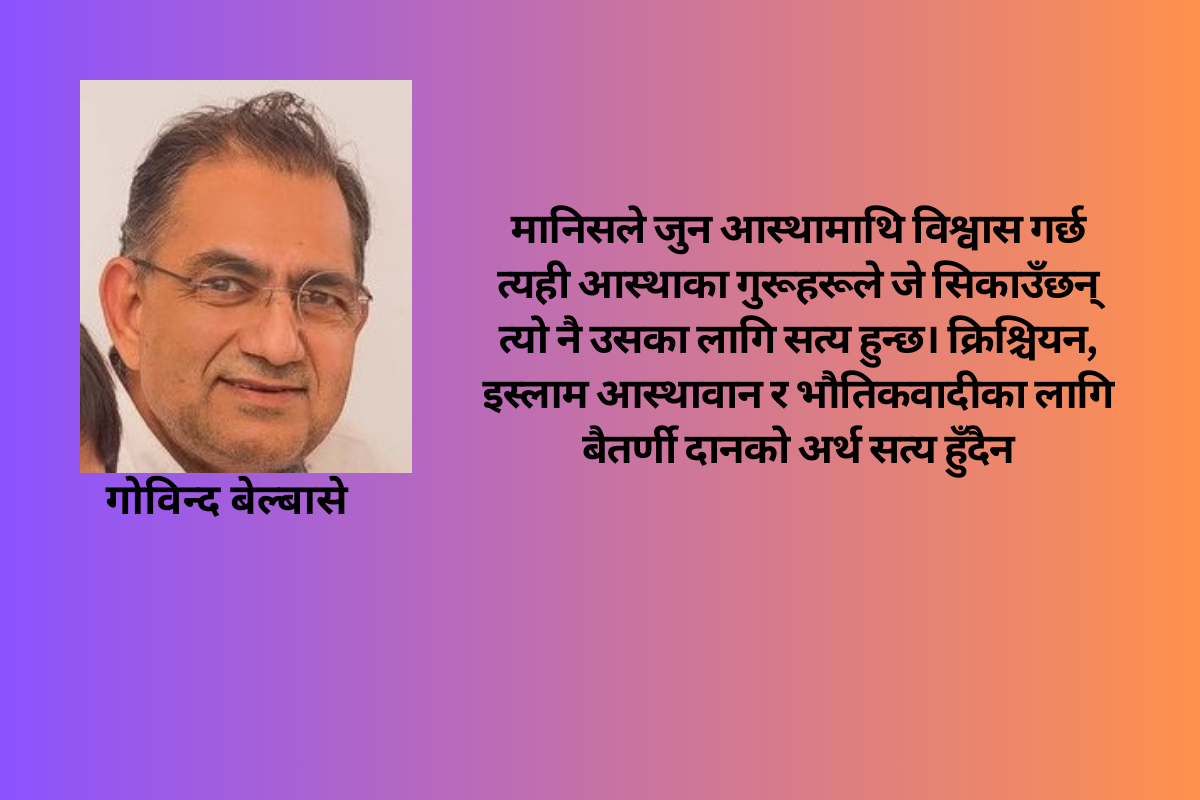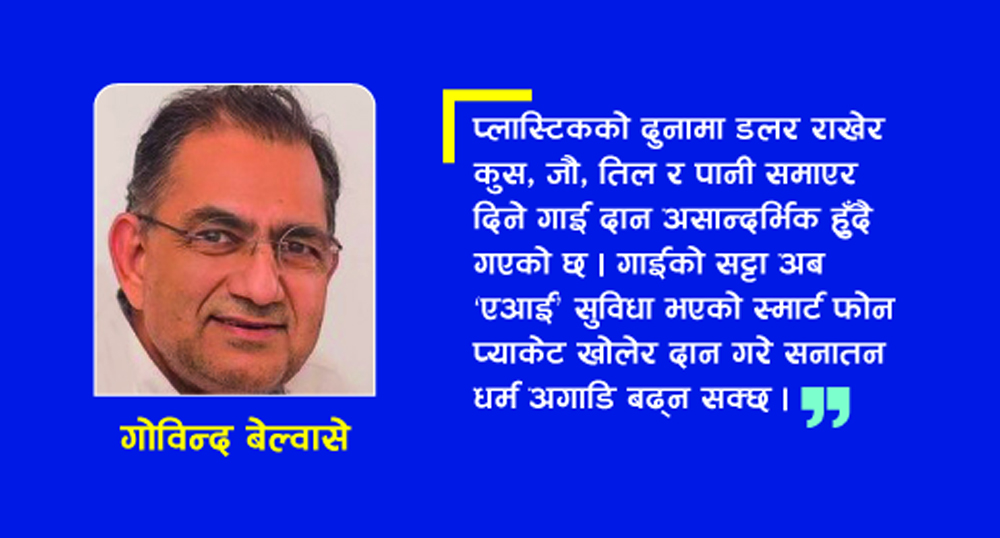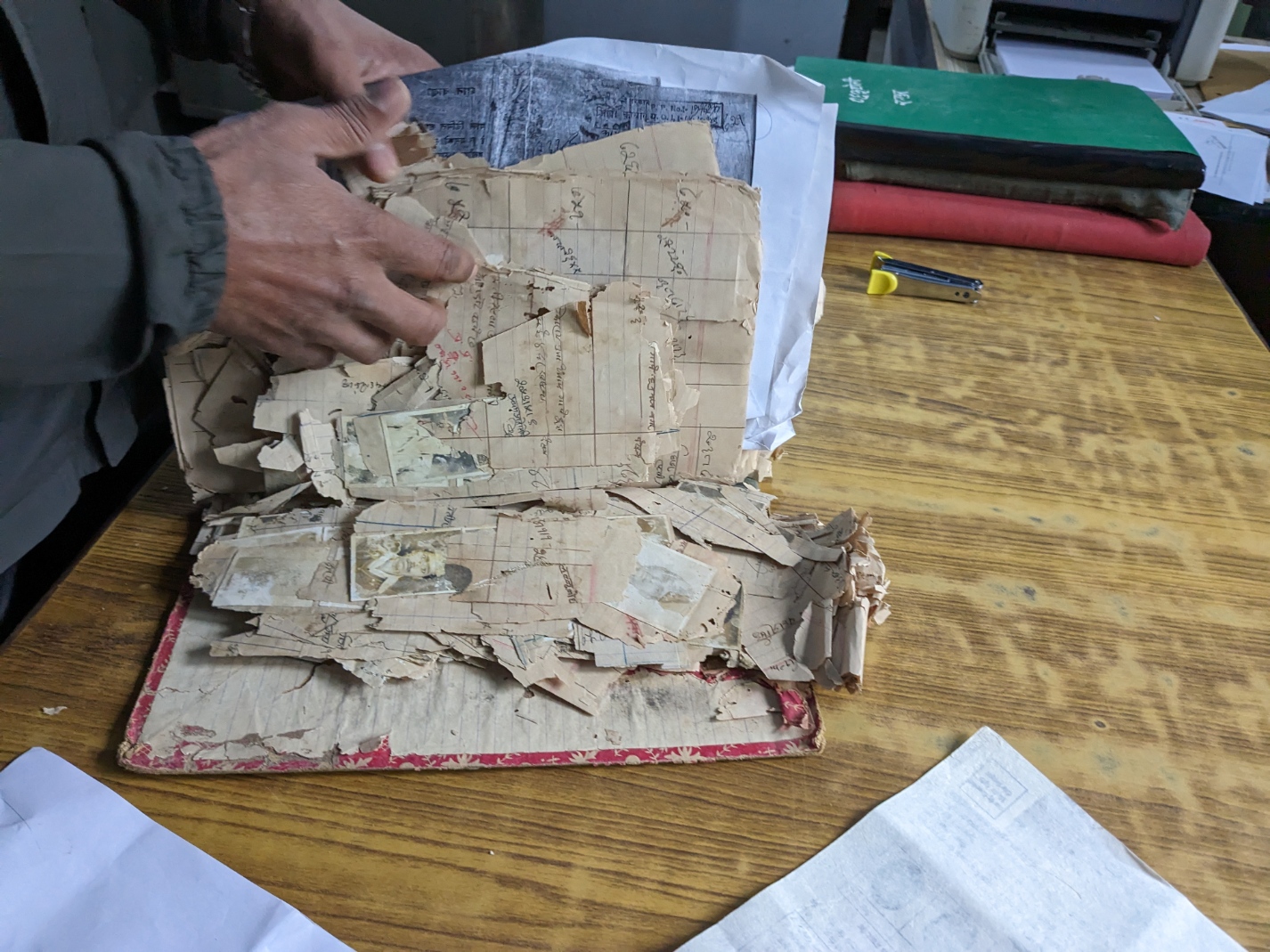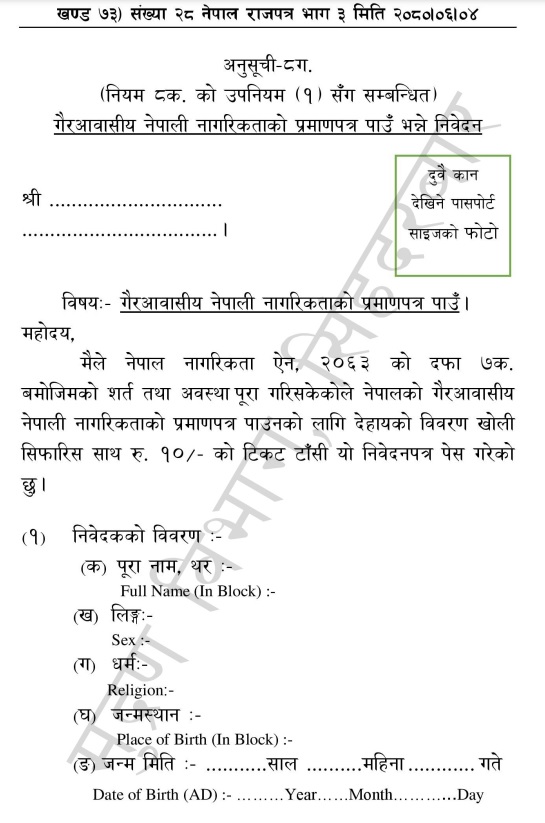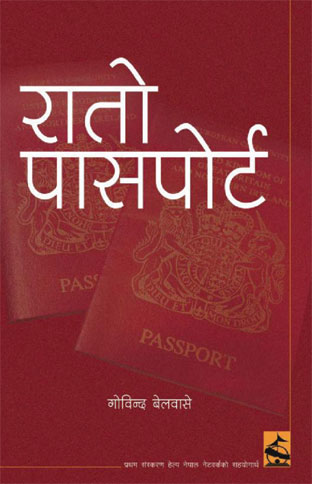वि�...
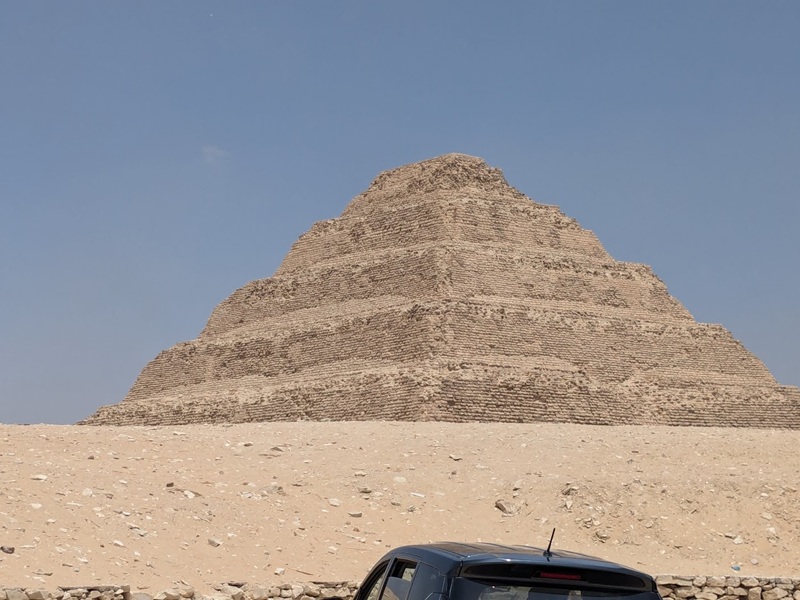
Question:
In ancient Egyptian civilization, there was a tradition of preserving the dead, and this practice is well-documented. However, why did this tradition develop there, in contrast to the practice of cremation in our society?In t
The Desert That Celebrates Floods
28 Aug, 2024The Desert That Celebrates Floods
– Govind Belbase
Here are the most important points:
Historical Significance:
The Nile River’s floods were considered divine tears in ancient Egypt, celebrated as a festival for providing water for agriculture.Cultural Experience:
The author describes their journey from Cairo to Giza, highlighting the local culture, the pyramids, and the contrast between modern and ancient practices.Travel Tips:
Visiting Egypt during cooler months like December is recommended to avoid extreme heat.Personal Reflections:
The author shares their personal experiences and insights, emphasizing the unique value of visiting historical sites in person.The car we were in was moving over a bridge across the Nile River. I asked the local driver about floods and inundation in Cairo. We were traveling from the capital of Egypt, Cairo, towards Giza. He mentioned that the last flood from the Nile River that inundated the area was in 1976. Despite being a desert where it hardly rains throughout the year, the Nile River flowed beneath the bridge. It is the longest river in the world. We were driving towards the world-renowned wonder, the Pyramids. He did not mention the floods in Cairo around 1994 and 2008. I still wonder why he didn’t talk about them.
In today's era of social media, things are different. However, four thousand years ago, in ancient Egypt, floods were considered to be the tears of the gods. It was believed that the goddess cried to provide water for agriculture, and this event was celebrated as a festival. During that time, from July to October, the Nile River would flood. It was believed that the floods in the Nile River were caused by the tears of the goddess Isis as she wept over the loss of her husband, Osiris.

I don't understand their local language in Cairo. So, I asked in English. However, there was not much harmony between his English and mine. It took me three attempts to rephrase my question more simply in English before the guide-driver understood. The Nile River has divided the same city into two parts. The city is politically divided into Cairo on one side and Giza on the other. But in reality, it's a single city, just like how the Bagmati River divides Lalitpur and Kathmandu.
Naturally, a city like Cairo, stretched along the river in the desert, would be hot. And we knew that July, being a summer month, would be even hotter. It was bearable inside the air-conditioned car, but the heat was overwhelming everywhere as we approached the Giza Pyramids. It reminded me of the scorching days in my hometown in the Terai during the month of Jeth. It would be better to visit Egypt during the cooler months of December-January rather than in the peak of summer.
We arrived in the evening and went straight to an air-conditioned hotel, so it wasn't too difficult. From the window, I could see the Nile River flowing below, but the water looked dirty. As night fell, the city of Giza across the Nile sparkled like a bride adorned with jewels. The waves in the Nile were calm, like a wise daughter-in-law after reading Bhanubhakta's "Badhushiksha." The river flowed gently, dividing Cairo and Giza, like a bride's parting line. Boats carrying tourists, who were there to witness the reddish sunset, looked like the bridal marks on a bride's forehead. The belly dance performances inside the boats, designed to entertain tourists, had become a part of the local culture. Due to the heat, there were more local tourists than foreigners.
Circumstances led us to visit during the summer, not by planning or checking an auspicious calendar. We hadn't considered the moon's position, phases, or constellations, nor did we calculate any auspicious directions for travel. It was 40 degrees Celsius when we arrived in Cairo. Fortunately, the temperature wasn't as extreme for the rest of our stay, so maybe we can consider it as having good timing. However, it was still very hot. I don't get too bothered by temperatures up to 35 degrees Celsius. Traveling during the summer is cheaper, so I didn’t regret my decision to travel during this season.
Travel always brings its own experiences: sometimes getting scammed, sometimes having fun, meeting new friends, sometimes crying, sometimes laughing, and sometimes bringing back a heart full of happy memories.
In today's cyber age, with websites, YouTube, blogs, and ChatGPT, you can easily find any information you need. But the thirst for knowledge that is quenched by experiencing a place firsthand cannot be fully satisfied by just reading, watching, or listening online. That's why my curiosity about ancient civilizations and pyramids, where four-thousand-year-old mummies are preserved, left me longing for more.
One of the reasons I wanted to visit Egypt was also the Suez Canal. But considering the ongoing conflict between Israel and Palestine, it didn't seem like a good idea to visit that area. So, the focus remained on visiting the Nile River, museums, and pyramids. In 1956, Egypt nationalized the Suez Canal, which marked the beginning of the independence of many British and French colonies. Britain and France were ready to intervene militarily to protect the profits they were making from the canal, which had been built with their investment. However, the U.S. intervened, threatening to attack the British-French alliance if they invaded Egypt. After that, the global dominance of Britain and France shifted towards the U.S.
I had always wanted to visit Egypt, but the reason for going during the summer was different. The decision was made quickly because of Egypt's policy of providing an on-arrival visa to Nepali passport holders. If I had known earlier that it didn't take much time to prepare a visa, I would have visited much sooner.
The area of Egypt we visited is a desert. It's a place where it rarely rains, maybe once or twice a decade. That's why it's considered a desert. However, the fields there are full of greenery and cultivation. It might seem contradictory to describe Cairo as a desert, but even though it doesn't rain, the irrigation from the Nile River has led to flourishing agriculture.

Beneath the mounds where the pyramids stand, crops, grains, and fruit plants have spread a green canvas across the entire field. The water flowing through the canals has soaked the ground like a painter’s brush, nurturing the crops.
The civilization of the Nile has outpaced many others, leaving a lasting legacy. That archaeological allure drew us there, like iron drawn to a magnet. Despite being a fertile land and a tourist magnet, the country hasn’t quite kept pace in the race for prosperity. The sight of carts pulled by donkeys in the scorching sun was a rare sight. We did see a few horse-drawn carriages intended to attract tourists, but these traditional means of transport highlighted the dark side of progress in the modern era.
No matter how much I write about the pyramids, it will always seem insufficient. Until a few years ago, the construction of the pyramids was shrouded in mystery. People were eager to know how such massive structures were erected in a society without the technology available today. Every day, new scientific discoveries and research are revealing more details. They say that we now understand how those stones were lifted back then. The method used to preserve the corpses, keeping them intact for over four thousand years, has also been uncovered. The cyber world is sufficient to provide all the information you need.
The carvings and engravings inside the hollow parts of the pyramids are said to hold the answers to how the pyramids were built. While the hollow parts were visible when we visited, the internet proved more helpful in providing expert information. However, the process of excavation could only be understood by being there in person.
Information found in China led to the discovery of the ruins of Nalanda University during excavations in Bihar, India. The books and descriptions carried back by Xuan Zang after studying at Nalanda for 15 years helped in this discovery. The excavated remains confirm the structure of the university, which was destroyed by fire in the 12th century. Information from one country was found in another.
However, when it comes to the pyramids of Egypt, external information wasn’t particularly helpful. It’s the inscriptions, carvings, and structures within that are continuously adding to our knowledge with the help of science and technology. These are how today’s generation is learning about a civilization that existed five thousand years ago.
After entering the tunnels inside the pyramids, I had a question in my mind. After squeezing through the narrow tunnels, bent over and sweating, many tourists probably regret the experience. The mummies that were once preserved there are no longer inside. Some visitors even remark that it wasn’t worth the effort to go inside and see the empty chambers.
However, I felt a sense of satisfaction from enduring that difficulty and seeing the inside. The experience quenched my thirst for exploration. From the outside, the pyramids appear to be made of stones stacked one on top of the other, forming a pointed structure. But by entering the tunnels, one can see how the stones are layered and inverted inside. There’s an opening from the top of the outer layer’s fourth or fifth tier leading into the tunnel. Anyone taller than 5 feet would have to stoop to enter. After bending over and moving inside, we found a spot in the middle where we could stand upright. From there, we saw a path leading downward, but that route was closed off. We weren’t allowed to go further. Some natural light from outside had made its way in, allowing us to stand up straight at that point.
From that point onward, the incline became even steeper as we ascended. The higher parts of the structure received no natural light. To make it easier for tourists to reach the upper, wider chamber, wooden stairs had been constructed. There was a narrow gap in the middle, allowing one person to go up and another to come down, separated by iron bars. It was clear that the wooden and iron structures for tourists’ convenience were not ancient. Electric lights had been installed to help visitors navigate through the darkness. After the two separate paths merged, the steep tunnel ahead was about three and a half feet wide. Bent over, the intense heat inside made the climb even more exhausting. Finally, we reached a wider chamber where we saw a large stone sarcophagus. However, it was empty. There were no signs explaining the absence of the mummy. We assumed it had been removed and placed in a museum. A small electric fan had been installed in one of the air ducts, but it wasn’t working. Judging by its appearance, it hadn’t been in operation for months.
Seeing the interior of the pyramid satisfied some of my curiosity.

Question:
In ancient Egyptian civilization, there was a tradition of preserving the dead, and this practice is well-documented. However, why did this tradition develop there, in contrast to the practice of cremation in our society?In the Kishkindha Kanda of the Ramayana, there is an episode where, after the death of Bali, Queen Tara questions Lord Rama with ethical and logical queries, expressing deep sorrow for Bali's dead body. In response, Rama explains that since Bali had already left that body, there is no meaning in being attached to the dead body. This implies that in Eastern civilizations, the relationship between the body and the soul is believed to end after death.
This understanding is also derived from ancient texts and literature of Southeast Asia, which are considered part of Eastern philosophy. In the Bhagavad Gita, Lord Krishna tells Arjuna that the soul changes bodies just as a person changes clothes. This further clarifies that in Eastern philosophy, the physical body is considered insignificant after death, which is why the practice of cremation became common.
In Egyptian civilization, however, it was believed that there was a connection between the body and the afterlife or heaven even after death. I learned that the pyramids were constructed with the belief that the relationship between the deceased and the divine or heaven would continue through the pyramid’s peak. The stronger and more powerful the king, the more robust the pyramid was built to maintain this connection with heaven. I noticed that the older pyramids were built with smaller stones, whereas later pyramids, as technology and knowledge advanced, were constructed with larger stones, making them even more formidable. It was evident that the later pyramids were stronger than the earlier ones.
There were floods in Cairo in 1994 and 2008, caused by unusual rainfall. Similarly, in recent years, even in desert regions, sporadic rain has led to flooding, as seen in Dubai. In April 2024, Dubai experienced a flood due to unexpected rainfall.

The Nile River is very long. During the time of ancient Egyptian civilization, the knowledge and technology to understand the cause of floods in the Nile, as we do now, did not exist. It would have been natural for them to be puzzled by floods in the Nile, especially when there was no information about rainfall in distant areas. People likely made various assumptions about the unexplained floods. The people of that ancient settlement, where the pyramids were built, would not have known that the floodwaters were coming from rain that had fallen far away. Therefore, they may have believed that the flood was caused by a goddess crying.
This can serve as an example of why people place their faith in gods and deities.
Our guide and driver mentioned the flood of 1976, which made sense to us because we could relate to it. However, he did not mention the floods of 1994 and 2008, which were caused by local rain and resulted in flooding within the nearby cities. It seems he only mentioned the flood of 1976 because it was relevant to the topic of floods in the Nile even when there was no rain nearby. Since he was a professional guide and we were his clients, I felt that he chose to tell us about the 1976 flood in connection with the ancient Egyptian belief in the flood festival, which would interest tourists like us.
On the second day of our tour, we visited more distant pyramids. We saw Egyptian villages and got a glimpse of their way of life. In some restaurants, it’s a custom to welcome tourists with music at the entrance. While eating, the power went out, and there was no water in the toilets. At first, there was an attendant who provided tissue paper in the restroom, but after a while, even they were gone. When the power went out, there was no water, and there was no toilet paper, it was quite a difficult experience.
We also tried to enjoy some local mangoes, but ended up being overcharged, falling victim to a scam, which was another bitter experience.
 On the third day of our tour, the guide and driver took us to a carpet-making school. We entered, enjoying the experience, but it turned out that the guide had brought us there under the pretext of using the restroom. The upper floor was filled with expensive handmade carpets for sale, while on the lower level, we saw children weaving carpets on looms. It became clear that the place was registered as a school, but in reality, it was using child labor in a carpet factory. The children were being made to work under the guise of receiving training at the school.
On the third day of our tour, the guide and driver took us to a carpet-making school. We entered, enjoying the experience, but it turned out that the guide had brought us there under the pretext of using the restroom. The upper floor was filled with expensive handmade carpets for sale, while on the lower level, we saw children weaving carpets on looms. It became clear that the place was registered as a school, but in reality, it was using child labor in a carpet factory. The children were being made to work under the guise of receiving training at the school.
Seeing this child labor reminded me of the news I had heard about child labor in Bangladesh. I realized that if Western countries, which often claim to champion human rights, needed to criticize the Egyptian government, they would likely highlight the issue of child labor here. However, until they have a reason to oppose the Egyptian administration, these countries remain silent on the issue of human rights violations.
© www.amaaba.org


